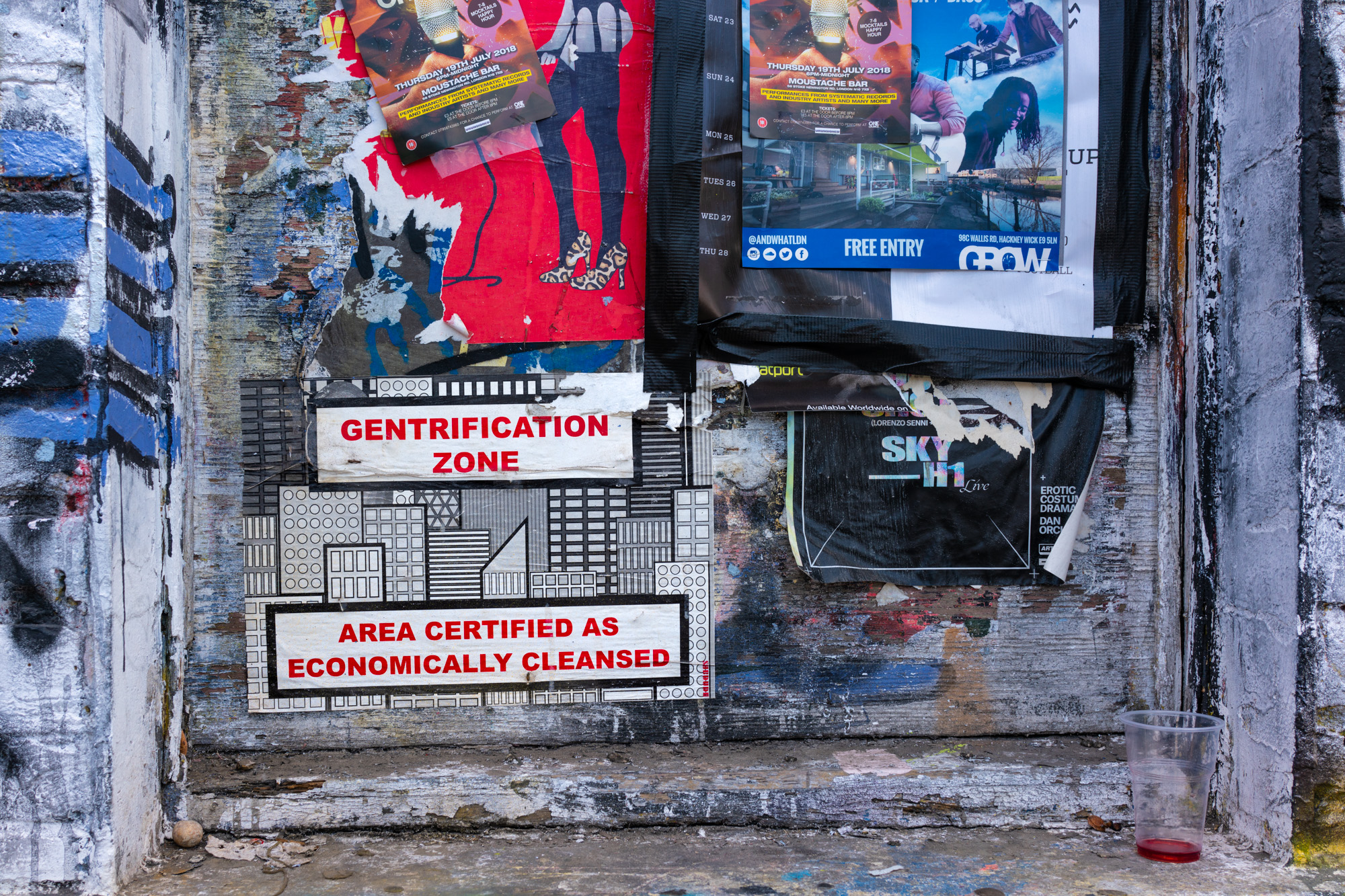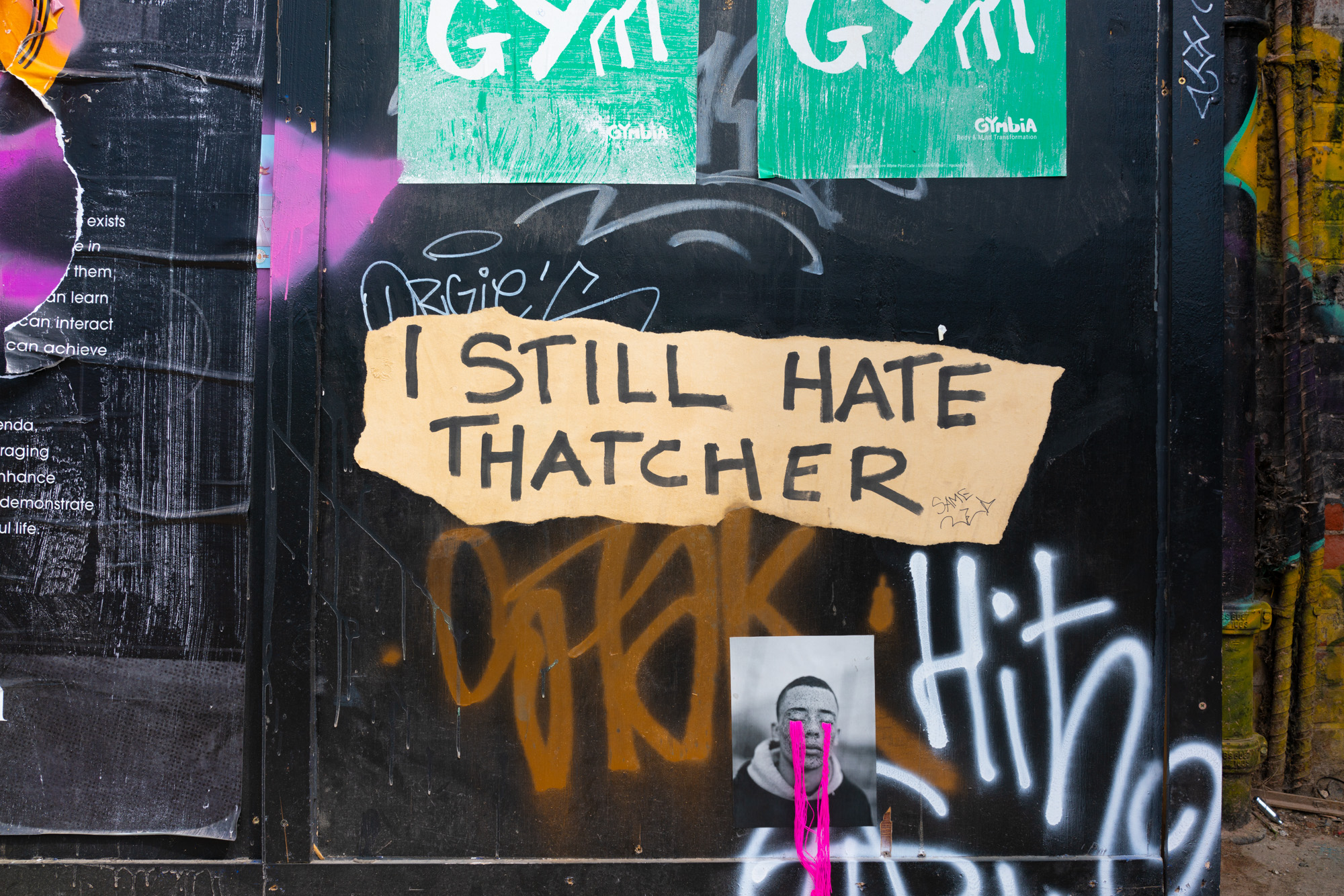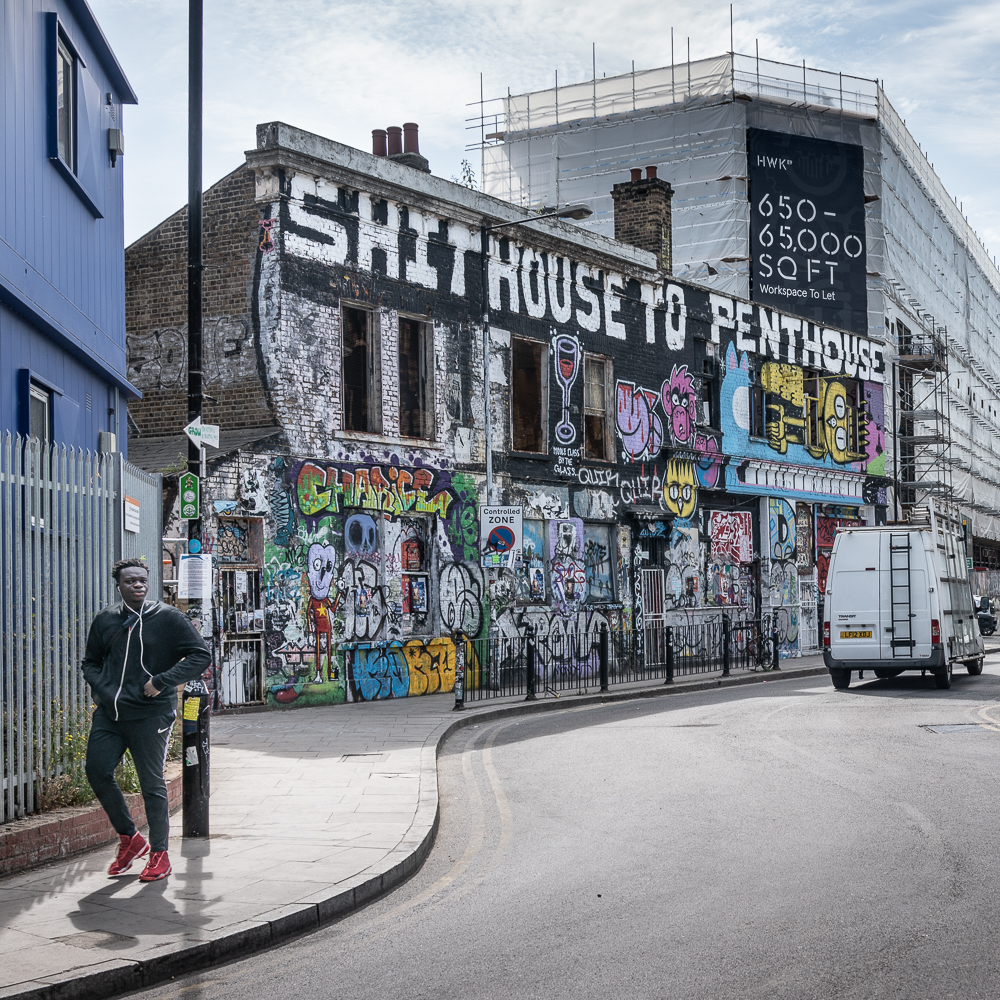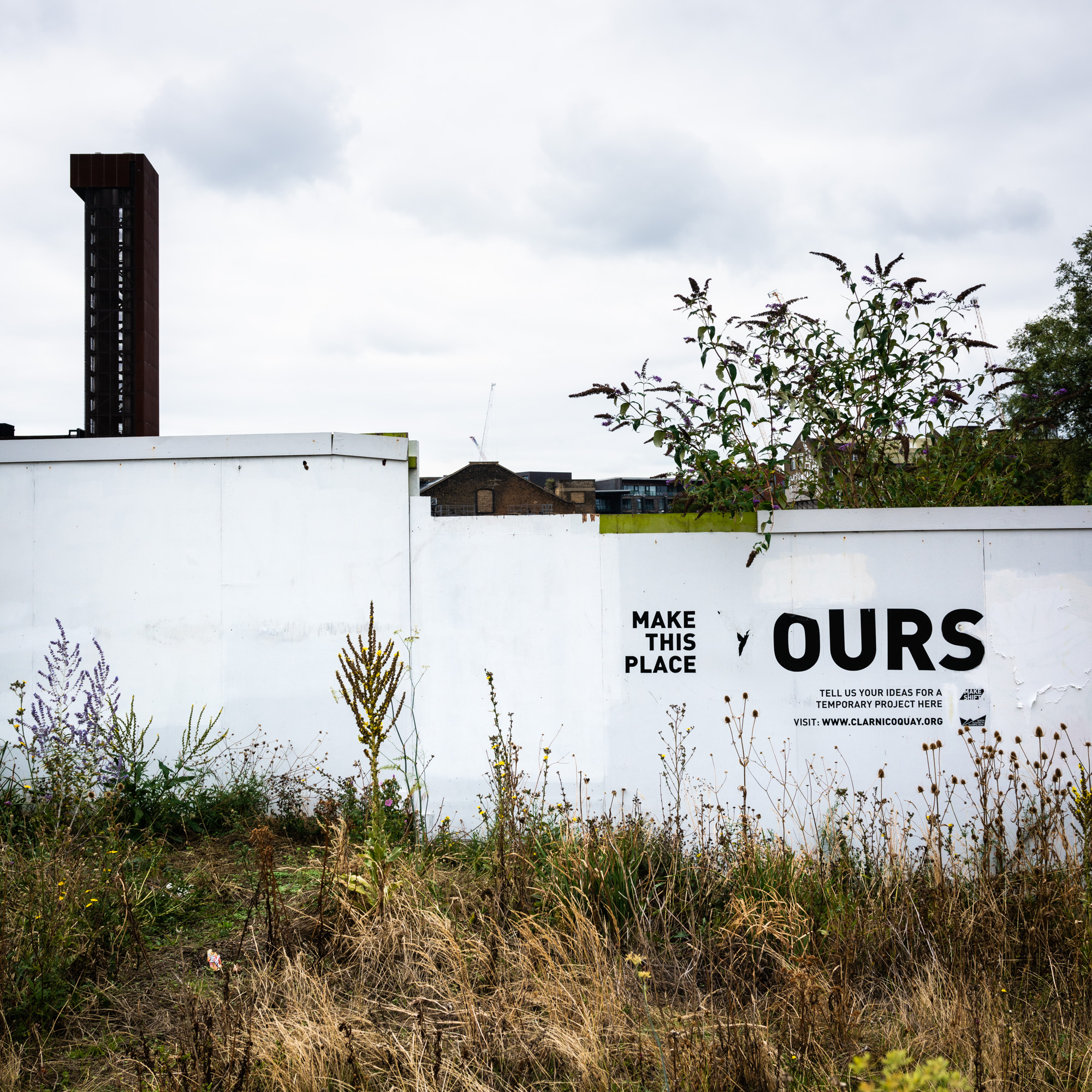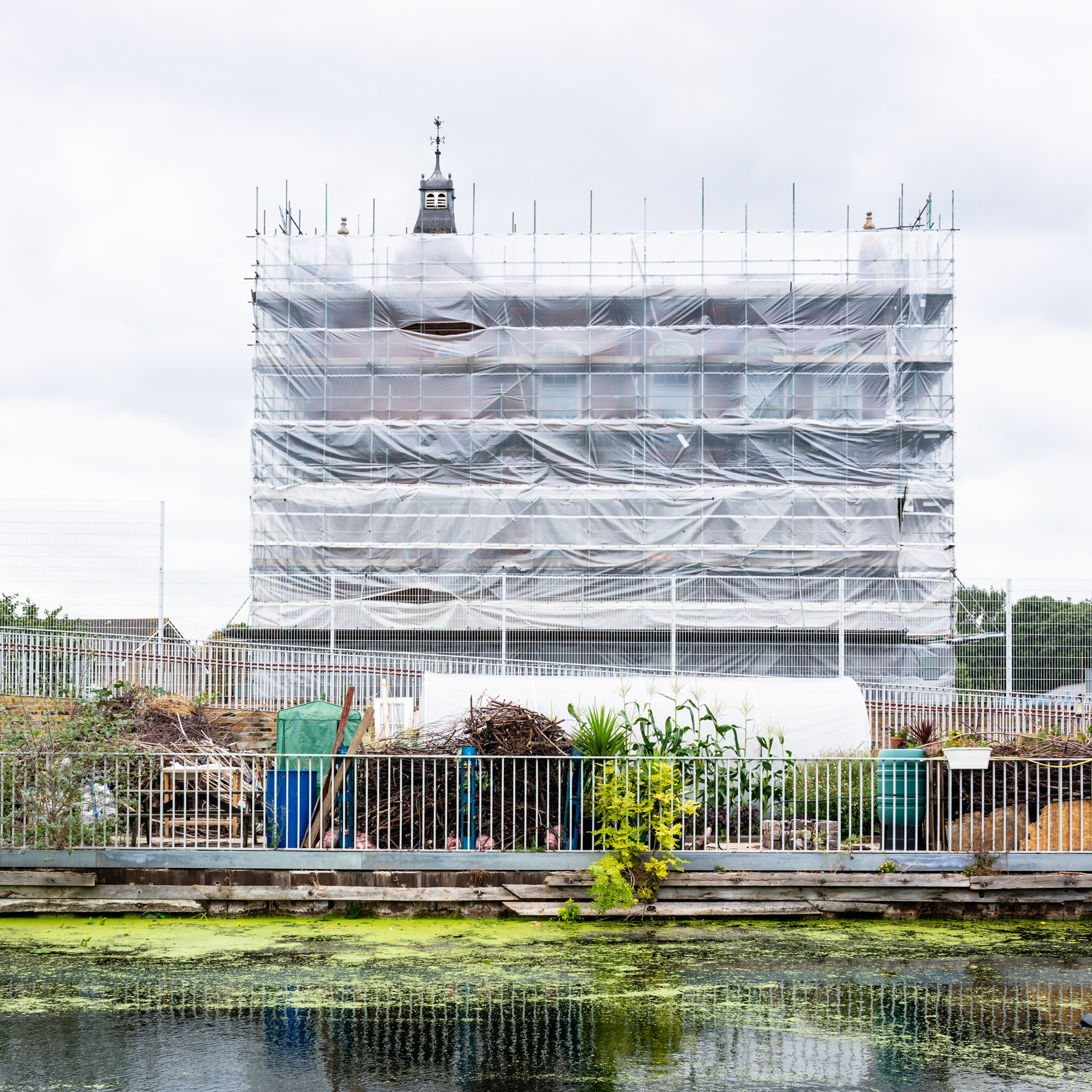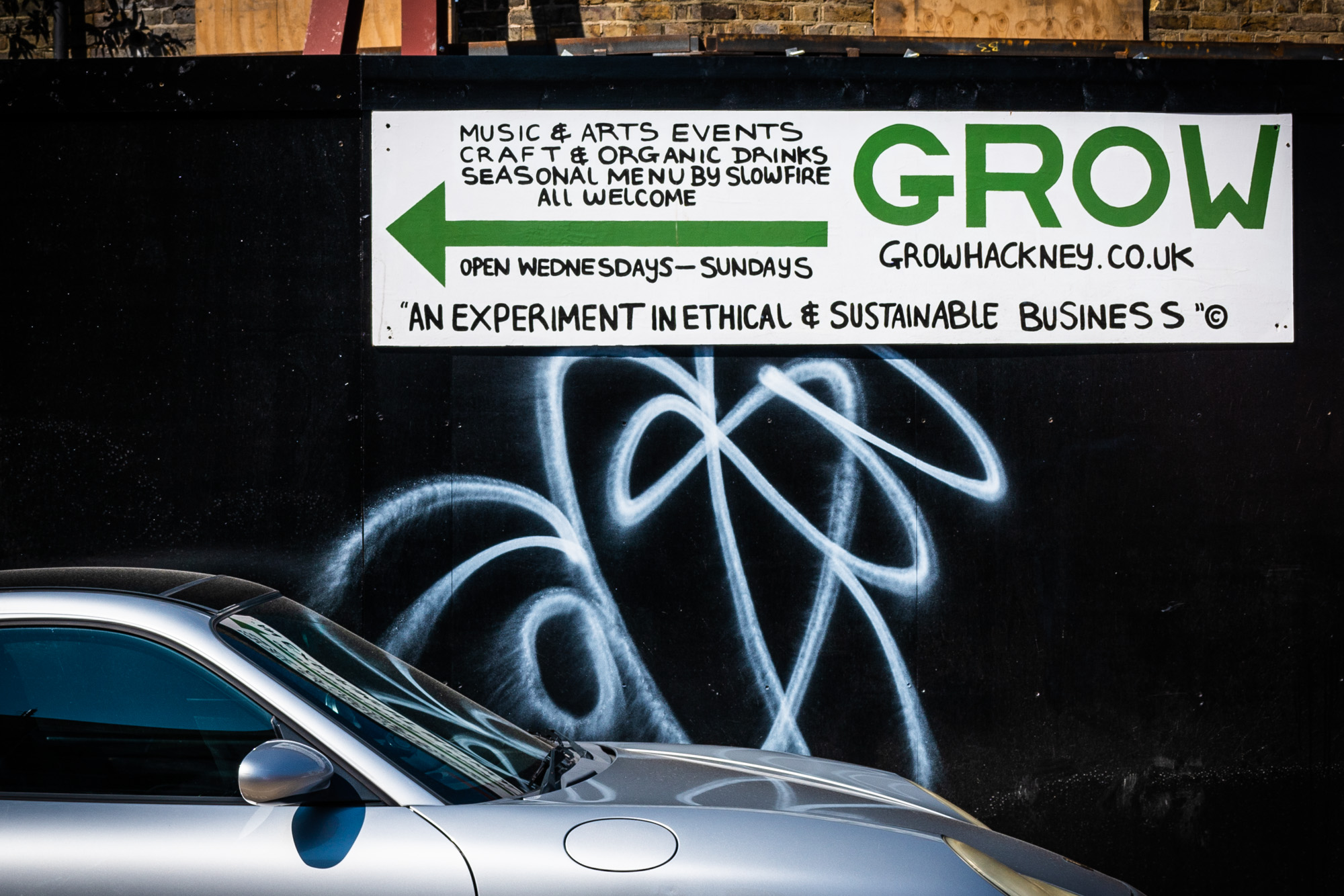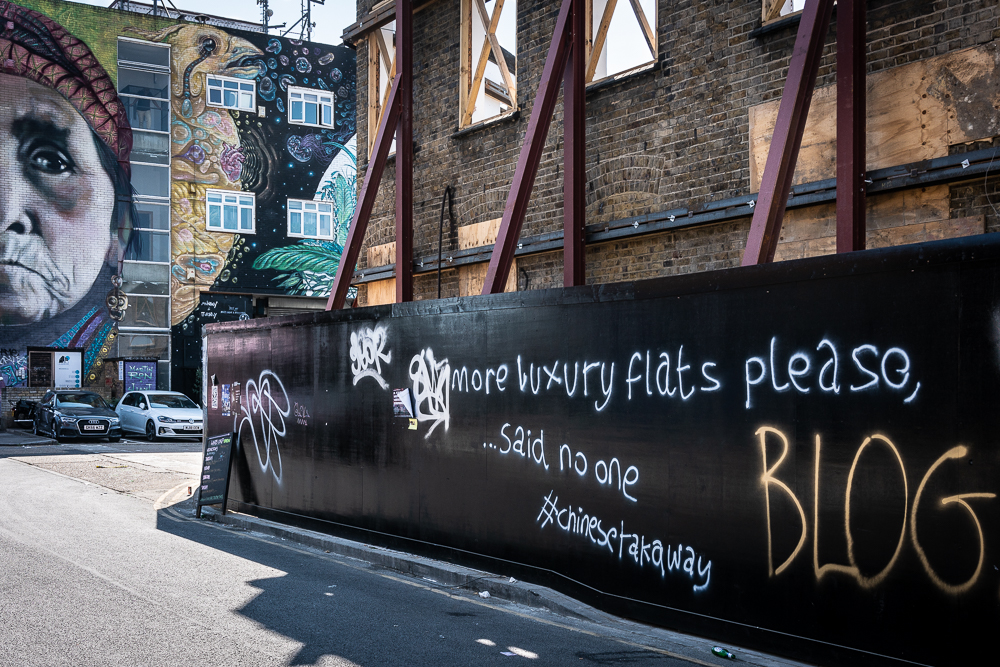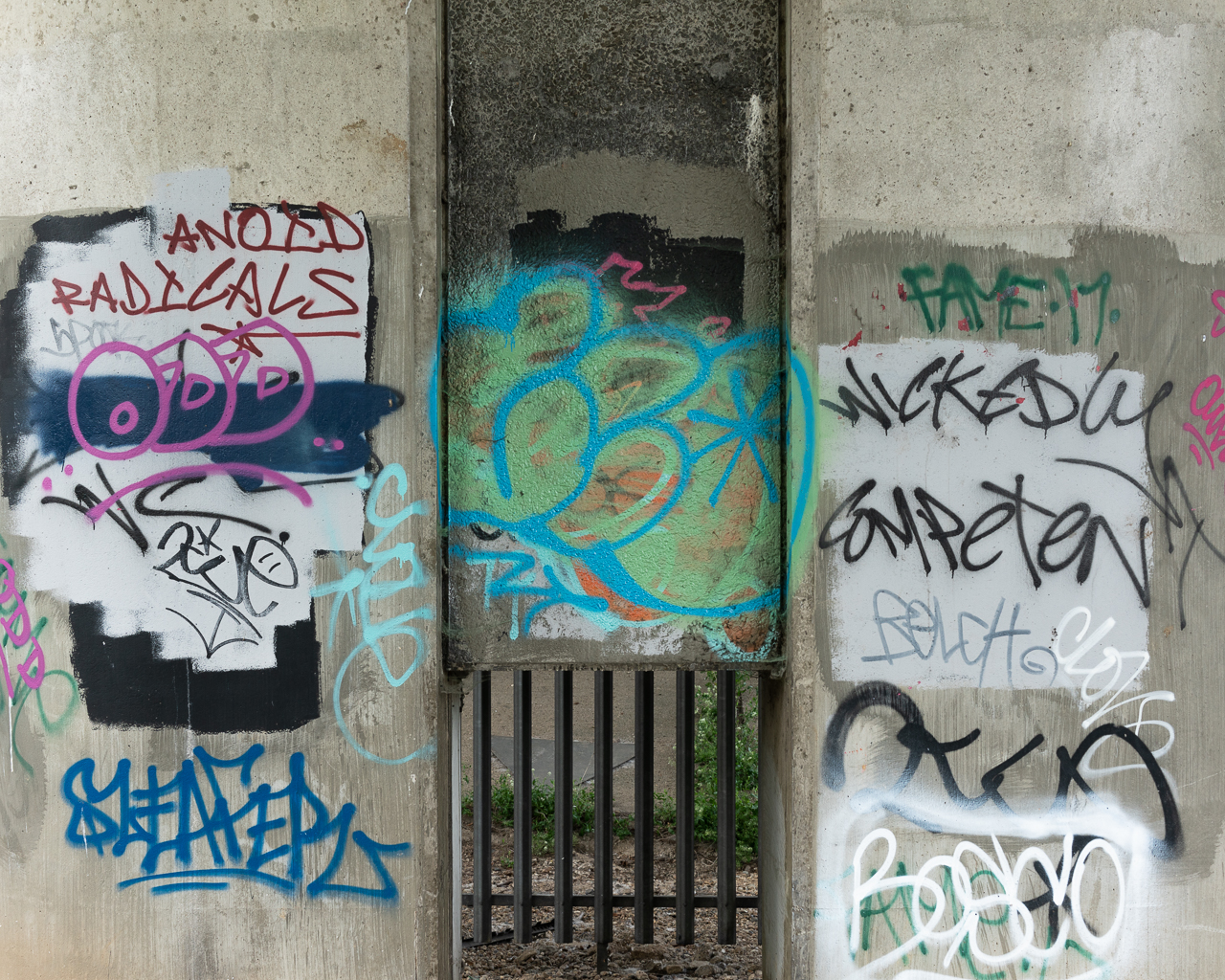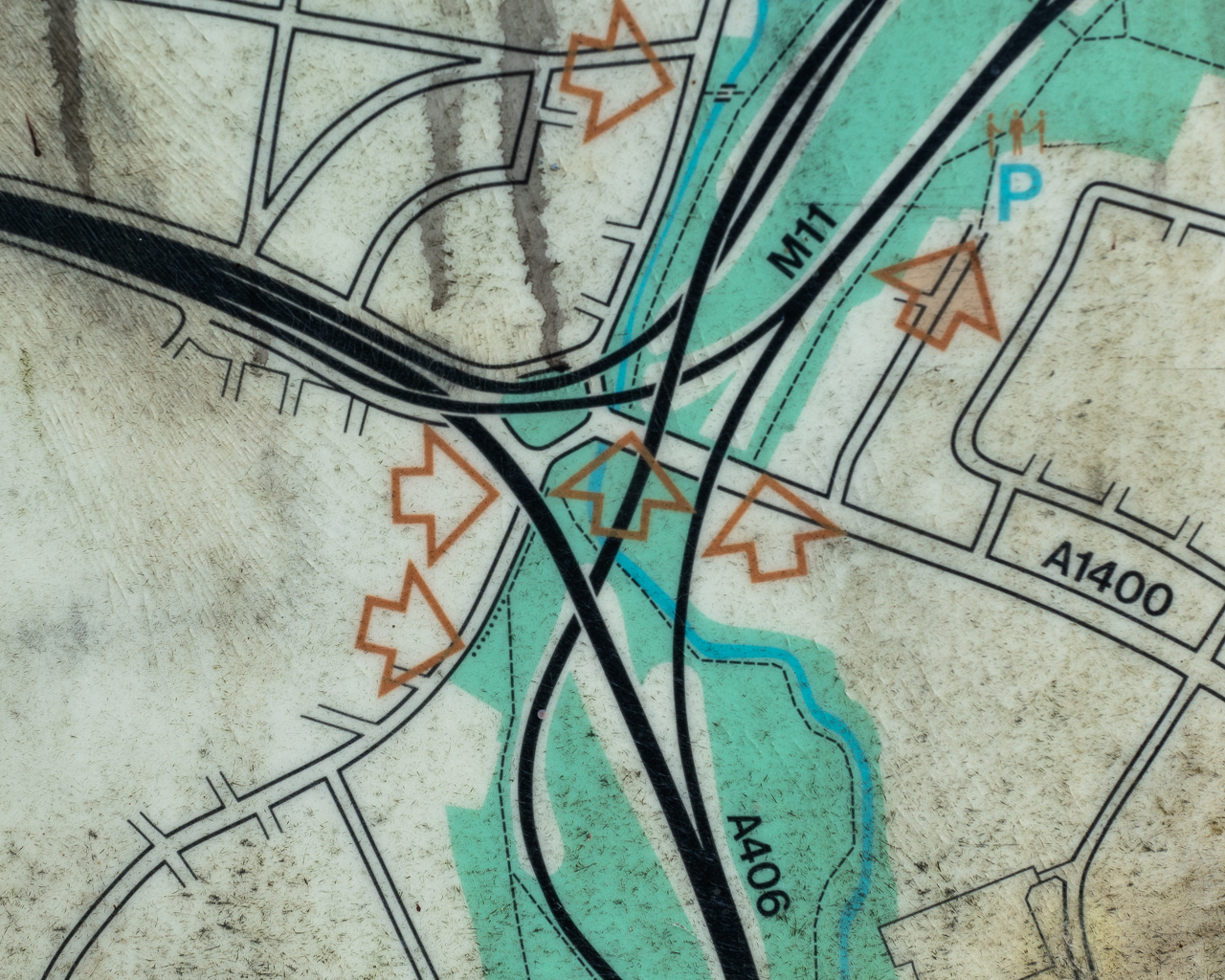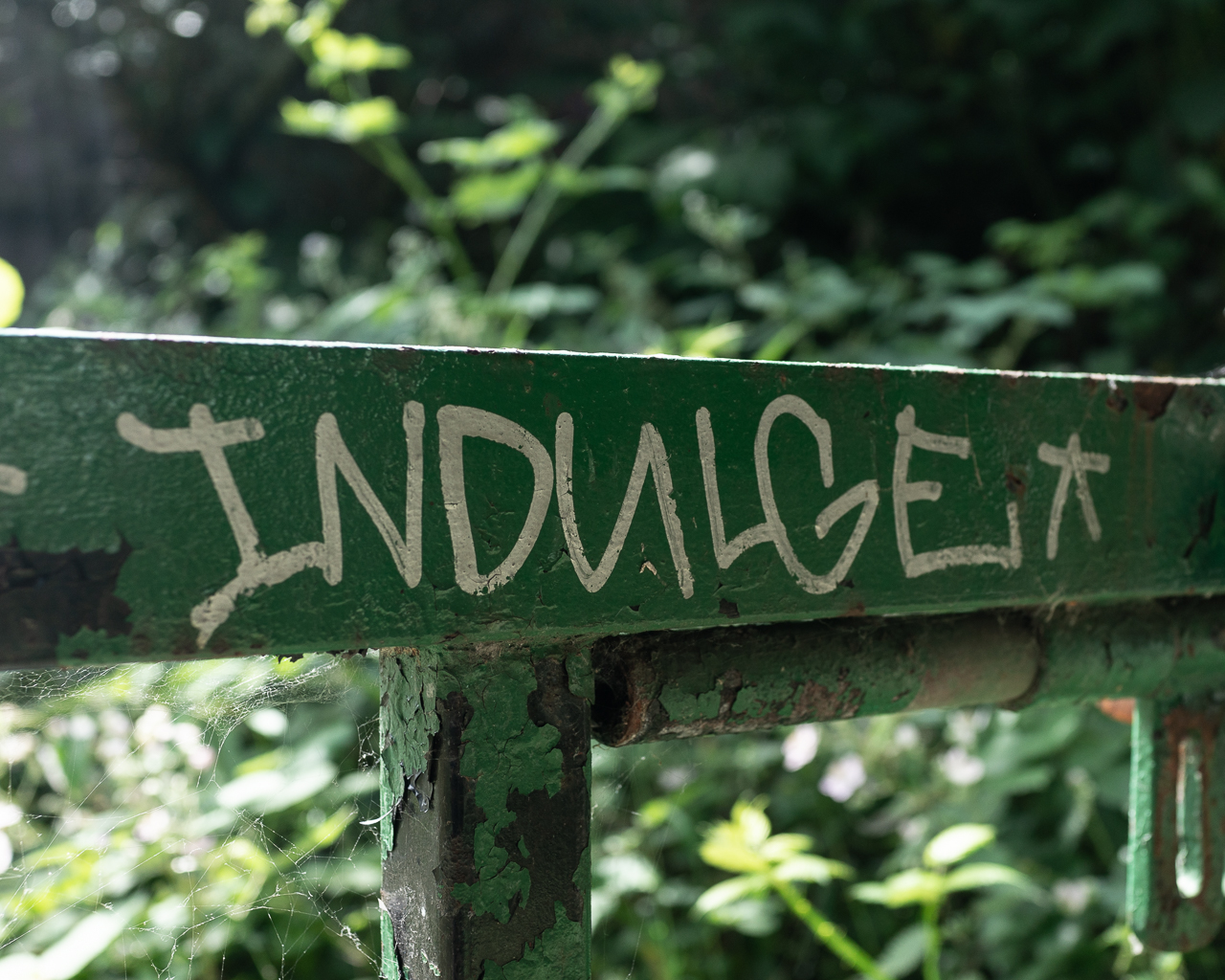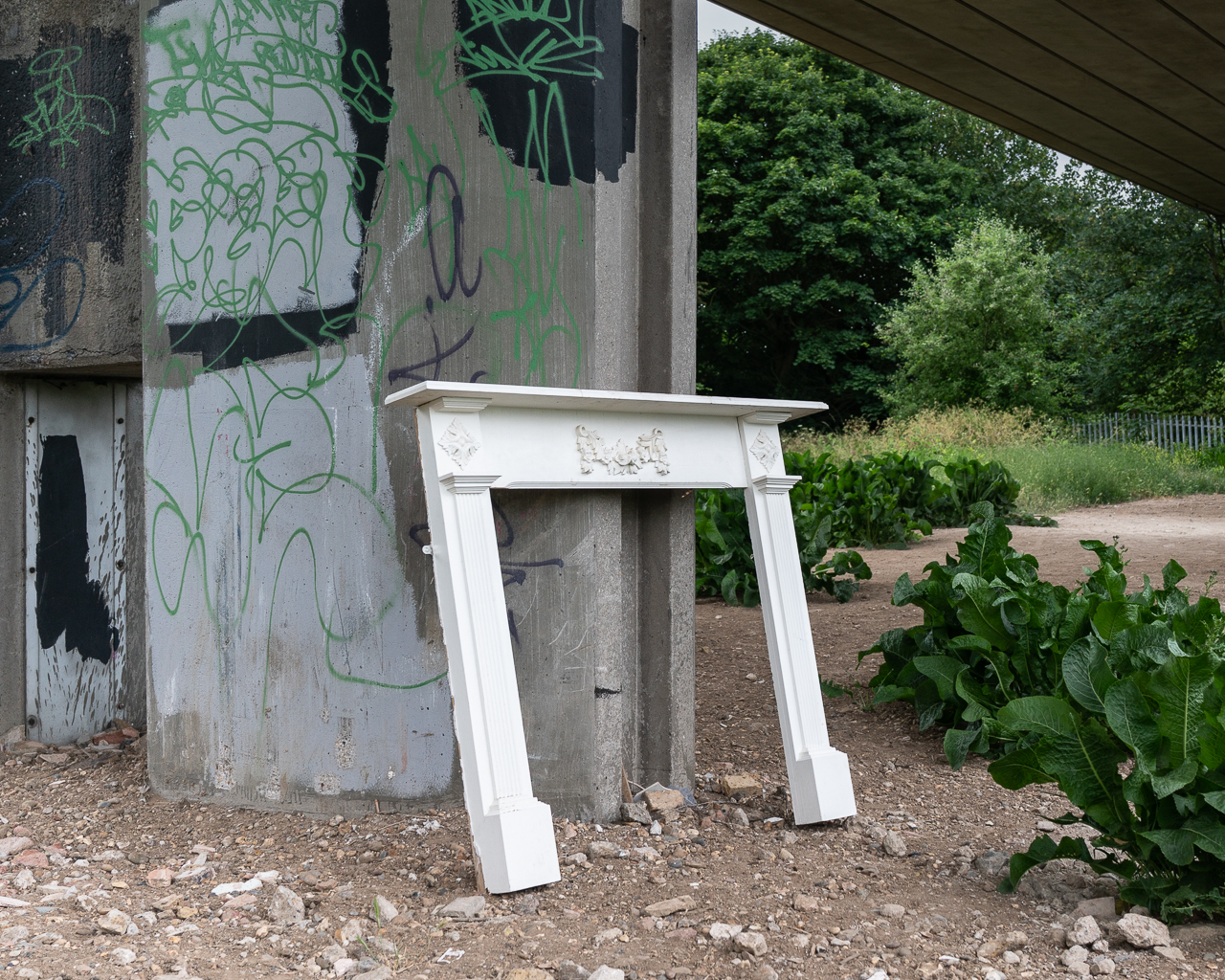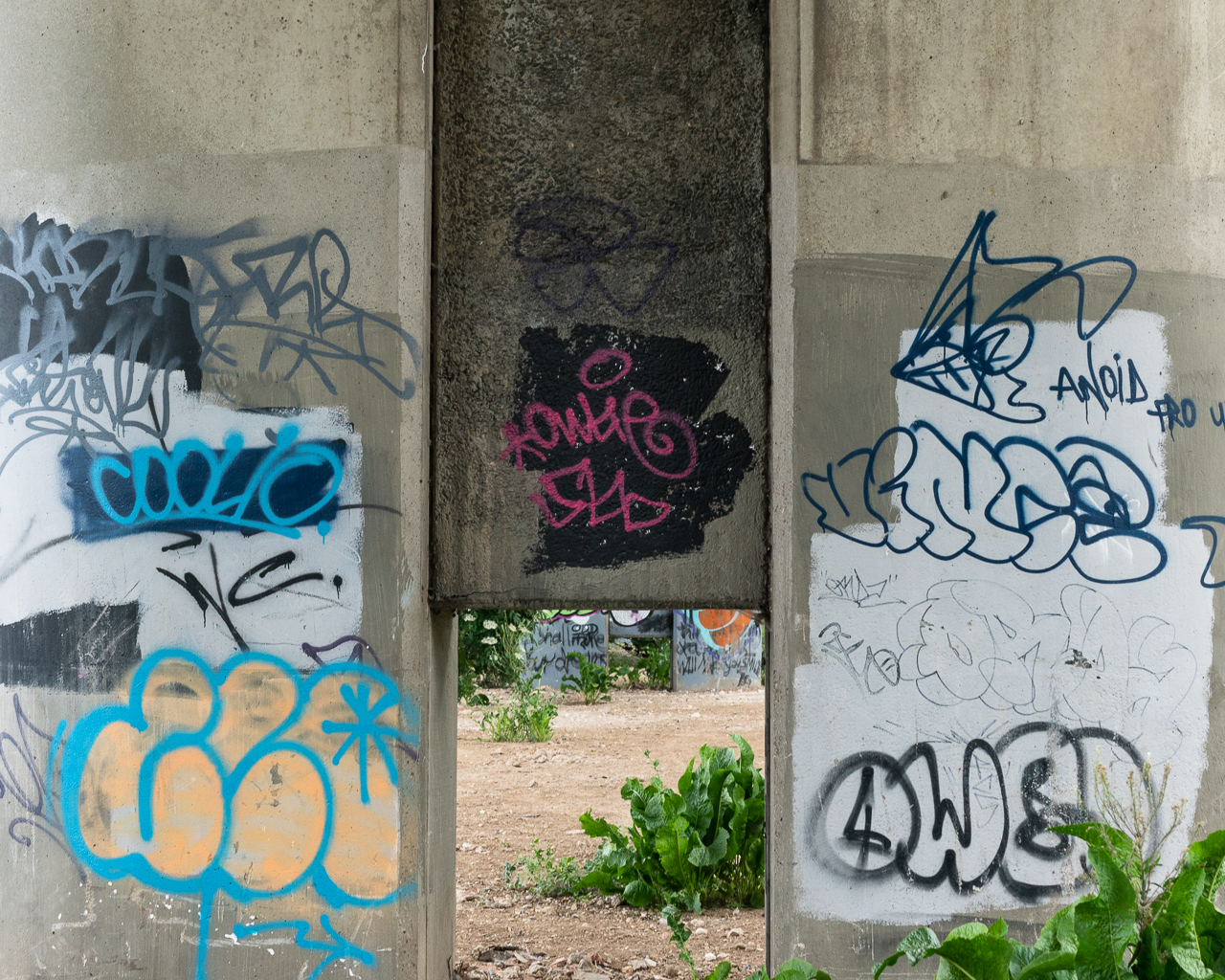Images included in my Positions and Practice work in progress portfolio.
Roding Valley Park Gallery
Images included in my Positions and Practice work in progress portfolio.
Genre, practice and value: Week 9 reflection
I don’t want to define my practice in terms of ready at hand photographic genres (landscape, architectural, abstract, social documentary, still life, portrait, street and so on). In part this relates to where I am in my photographic (re)education, and the need, at this point in time, to resist being constrained by a tight association with any given approach to photographic image making. On the positive side, this gives me the space to explore and learn. Negatively, the lack of a defined (or definable) genre-related community places limits on productive critical engagement with, and induction into, a community of practice (as described by Lave and Wenger, 1991). More profoundly and productively, perhaps, evasion of association with a genre, or with a school or approach, allows greater dynamism in the development of practice, and openness to photography’s integration with, supplementation of or subjection to, other disciplines and domains of practice in addressing complex and enduring issues in inter-disciplinary collaboration. It does not, though, free me of the obligation to position my work within the field of photographic arts, and to demonstrate knowledge of and respect for appropriate schools of and approaches to photography (there’s a possible footnote here relating to Billy Childish, and ‘Stuckism’, and the personal and professional consequences of relatively unmediated engagement with the production of art and resulting outsider status).
The ubiquity of digital image-making sharpens our awareness of a need to distinguish between, and address constructively, the forms of understanding of photography from within the discourse and practice of photography, and that from outside (both from other disciplines and areas of practice, and what we might call ‘popular’ conceptions of photography). The proposal to attempt to construct a shared understanding of quality (or value) made by Francis Hodgson seems excessively limiting, perhaps even dangerous, in this respect. Whilst recognition of the possibility of accusation of elitism is evident, the longstanding, and, depressingly, enduring elitist distinction between ‘high’ (deep and worthy of attention) and ‘low’ (trivial and fleeting) culture is invoked, and little is done to mitigate its divisive effects. How is the ‘we’ that has the authority to determine quality constituted? And what are the consequences of alternative conceptions of quality? And who polices attention, and thus underwrites value? The importance of an absolute (or as near as possible) index of value is clearly of interest to auction houses, galleries and collectors, but mis-recognises the nature of artistic practice in relation to the multiplicity of contexts within with images are produced and circulated (and the forms of production, circulation and exchange). In simple terms, the fundamental flaw is that images are assessed apart from their contexts, and assigned a place along a (supposedly neutral, though in practice culturally loaded) continuum of relative worth (and thus treated as the same in all but value). Rather than the creation of an index of value (akin to an international standard in relation to service, manufacture and measurement), value in the arts might, more appropriately and constructively, be seen as dynamic, contested and contextual. Within and across contexts, the attribution of value (and what is worthy of attention) is a practical accomplishment, within which the possibility of alternatives is always imminent. It is not that there is a lack of agreed criteria for judging the quality of a photographic work, as implied by Hodgson, but rather that there is a multiplicity of sets of criteria, which vary according to context and interest. And it is contestation and debate within, and tensions between, these socially and culturally contextualised sets of criteria that, in part, ensures dynamism in the arts and creates the space for, and ensures the possibility of, creativity.
For me, then, at this moment, image making is a means of address that provokes alternative ways of apprehending and understanding. To that end I am both interested in advancing my own image making, and exploring image making collaboratively with others in investigation of common concern. That collective endeavour brings to the fore tendencies in relation to genres. My own explorations of place have tended to exclude human figures (though human activity is clearly evident), highlighting a ‘lack’ in relation to what might be considered documentary photography or portraiture, for instance. The creates the opportunity to expand my practice. The focus and coherence is provided not by the photographic genre, but by the underlying intent, and the mode of operation, which warrants more careful consideration and development. Whilst I am comfortable in identifying with post-representational forms of photography, the collaborative endeavour brings representation back in (through, for instance, the interests of others in utilisation of photography’s indexicality to represent and persuade). Just one of many creative tensions.
Lave, J. and Wenger, E. (1991) Situated Learning: Legitimate Peripheral Participation. Cambridge: Cambridge University Press.
…………………………
Week 8: Work in progress portfolio
I’d wanted to present the Roding Valley work as three vertical triptychs (as per earlier post), but the portfoliobox templates don’t include a static 3 column design, so presenting the images as a 3 by 3 grid (that appears as such in any resolution and on a monitor of any size) can’t be done ‘out of the box’. It is possible to customise the css and javascript, but you have to get support to implement that, which I’ve done. Now working on adapting one of the templates to allow a static 3 column design. The 12 images in the WIP portfolio would then be 9 from RVP, and 3 from Hackney Wick (on a second page) to show how I’m intending to build on the RVP project to develop the proposal for the final project.
There is an alternative. Present 4 images each from RVP, Newcastle Ocean Pool and Hackney Wick. The rationale would be to present three projects from this term that have addressed the question of contested space (all explained in the Week 7 Presentation and elaborated in the research proposal).
Not sure which way to go with this. Will be good to discuss with others in the webinar and get their thoughts. Work in Progress portfolio is here.
Update following webinar feedback. I’ve replaced the top right image (had to go out to get some new material this weekend) and have given names to the collections, as well as some minor editing of images. I’m now committed to the Roding Valley Park and Hackney Wick collections. Hopefully good to go.
Week 7: Peer commissioned micro project
A compare and contrast brief from Michael Turner (KCL on the left, UCL on the right). Not a great success, with limited opportunities to get out this week. And not able to get into KCL (hence the ‘Welcome to King’s image below)!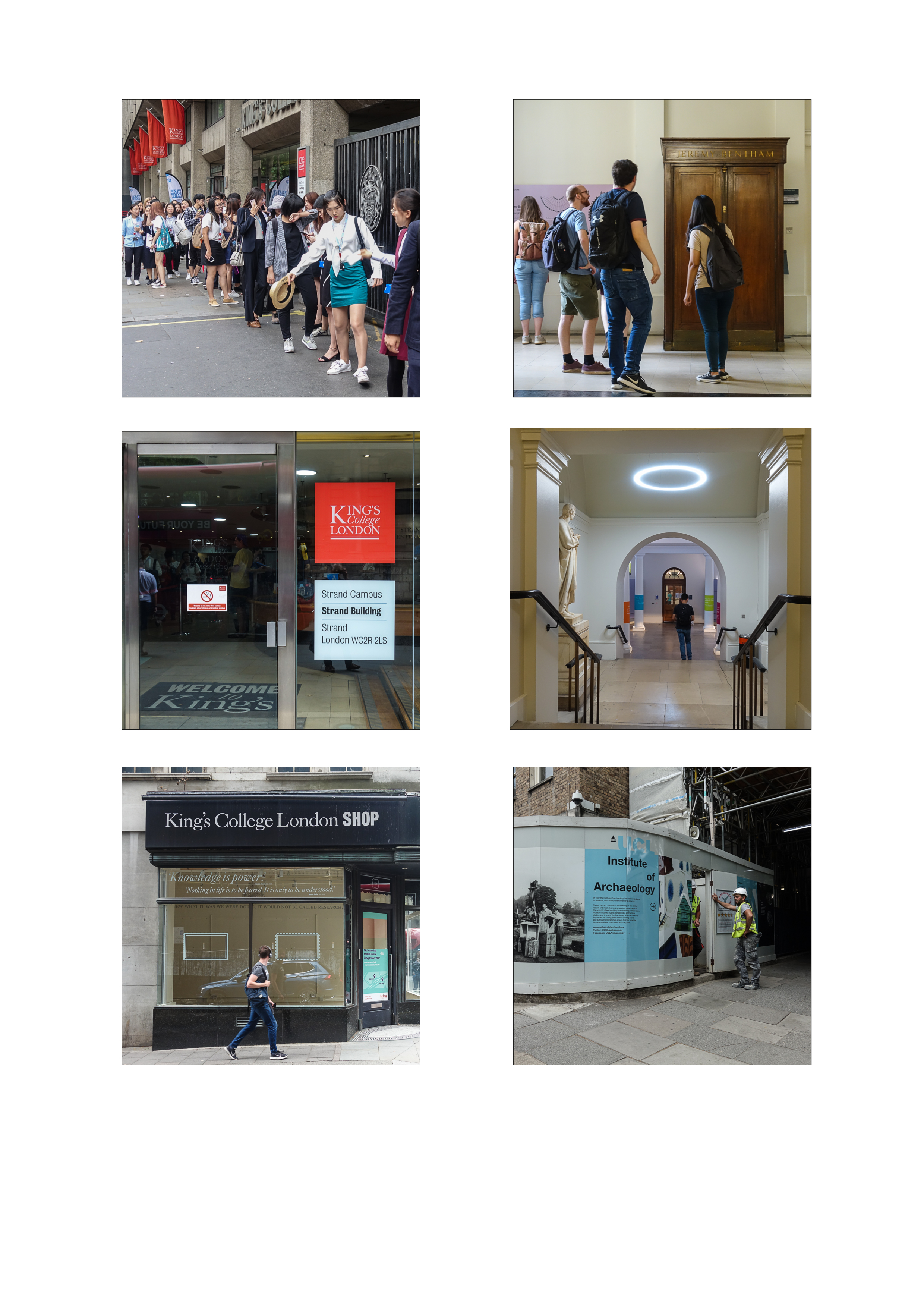
Oral presentation
Final submitted version of the Oral presentation.
Draft presentation feedback
Really useful feedback from Michael on initial draft, and on the draft video from others in the webinar this week. Michael encouraged me to be more confident in presentation of my work and ‘project a positive view as an artist’, which helped me to take out the hedging, and to feel more positively about my work myself. He also asked what kind of photographer I was. Thinking this through, I decided to present crossing genres (and resisting, for instance, being a landscape, or and architectural, or a documentary photographer) as a positive aspect of my practice (and not having to develop a professional identity helps me to be able to do this). I moved the ‘swimmer’ image to the beginning of the pool images – he was absolutely right about the need to give a clearer sense of context for these images. I also tried (and failed) to say less about the images (maybe at a later point in time; for the moment anxiety rules). All much appreciated.
Jesse suggested I could lose the material on the RPS award and use the time to better effect – I agree, and will do that. Catarina observed that whilst a chronological organisation has some benefits, it would be better to put the Roding Valley Park material together. Absolutely – will do that for sure. Paul, as ever, provided numerous pathways and other photographers to follow up. I have a list, and will get to work on these. Thanks, everyone.
I’m leaving the draft in the CRJ by way of illustration of development.
Draft presentation: Week 6
For discussion at the webinar on Friday 13th July. It took a while to find the right tools to do this. In the end, I used Keynote to put together the presentation and do the voice-over. Then exported as a movie and edited in QuickTime Player before uploading to Vimeo, and embedding the video here in my CRJ. This is a first attempt at the draft. I need a couple more images – one for the spoken introduction (to go on or after the title page) and one for the end of the presentation (to go before the references). The references are a work in progress. I assume that it is OK to use the images under fair use, but would like advice on that before publicly posting the final presentation. There are a few stumbles here and there – I’ll re-record when the final form of the presentation is decided. All feedback welcome.
Ethical practice: Week 5 reflection
Only a brief comment, belatedly, this week. Overtaken by the imperative to get the draft presentation in decent shape before the webinar. The ethical codes that shape my work as a researcher are pretty elaborate (the British Sociological Association and the British Education Research Association), so I have kept my ‘manifesto’ short and simple, but aspirational.
I aspire to produce engaging, informed and insightful work that has the potential to challenge, supplement and transform understanding of our (however defined) intertwined lives, societies, cultures and environments and those of others, in a way that is open, dialogic, honest, respectful and equitable. And to keep learning.
Practice will always throw up ethical challenges, and its important to address these in a consistent and transparent manner. Openness, honesty and respect are key for me, here. I am certainly wary of assertion of a privileged access to truth, which would seem to close off the possibility of any meaningful dialogue. Inquisitiveness would seem to serve us better.
Creative collaboration: Week 4 reflection
The collaborative activity this week provided a number of opportunities to develop my own practice as a photographer, in addition to getting to know the work of others in the cohort and to learn by working alongside them in a joint activity. An account of the focus of and motivation for the collaborative activity, and the method we adopted, is given in the post Looking for Derges: A collaborative project by Julie Dawn Dennis, Michael Turner and Andrew Brown. The final images produced are presented in the gallery post Collaboration project final images, and some of the source images I contributed are given in this gallery. In this post, I am going to focus on issues relating to collaborative production in the visual arts that arise from the collaborative activity and associated reading, not the procedural details of the activity.
My particular focus in this reflection is collaboration in the creative arts, and inter-disciplinary collaboration involving visual artists. The activity gave us some experience of working together as visual artists (our particular focus, drawing inspiration from the artist, Susan Derges, was explicitly concerned with the production of artistic work using photography).
Reflecting on the collaborative activity there appear to be a number of stages in the process: (i) reconnaissance and selection (scanning the interests of others and settling on one option amongst many, which involves judgement of the potential of each in relation to ones own interests); (ii) resolution of interests (shaping the focus together and adapting the activity to accommodate the range of interests and expertise of the group, exploration and research into artists, bodies of work and practices); (iii) determining working practices and timeline (figuring out how we work together and getting to know other members of the group, negotiating the stages of the project and the division of labour, agreeing communication, working practices, outcomes and milestones); (iv) production and negotiation (producing and sharing images, re-orienting the project in the light of experience, giving feedback, making selections); (v) constructing final images and narratives (determining and creating the final outcomes of the project including images, how they are presented and the narratives that accompany them and reflect on the process). As a pedagogic activity, carried out over a limited time period and not published or presented publicly, there are a number of issues that are less critical than they would be otherwise. For instance, the extent to which the focus and outcomes of the project fit with the artistic identities of the members of the group (and the extent to which these can be subjugated in the cause of the coherence of the project). Related to this is the issue of authorship, and whether the outcomes are attributed to the group or to individual members within the group. In our case, we were happy to attribute group authorship (everyone contributed images to each of the final products, and everyone produced at least one of the final composites). In a higher stakes collaboration, the question of attribution and ownership needs to be resolved at the outset, as potentially this can jeopardize the collaboration. It would be possible for individually attributed work to arise from collaborative activity. Alternatively, a collective identity could be produced for attribution of outcomes. Whilst this might be less of an issue in inter-disciplinary collaboration, where each participant has a clear sense of the relevance of outcomes to their particular areas of practice, there remains a question about the extent to which each participant influences overall and individual outcomes: are, for instance, visual artists attributed joint authorship of scientific papers, and are scientists given joint authorship of artistic work? I’ll return to this with examples in a later post, I think. I also wish to reflect on the limitation of the concept of artistic ‘practice’ in the light of the benefits and demands of collaborative work (I have in mind here the extent to which a fetishization of individual practice can limit productive collaboration in the arts). Finally, the tight timescale in this activity limited the extent to which (under pressure to deliver an outcome by the end of the week) we could engage in critical dialogue. This critical engagement is essential to fruitful collaboration, but with limited time can inhibit process. In any collaborative activity, it is essential to figure out how this critical dialogue is facilitated and managed (this is discussed by the Beth and Tom Atkinson in the course material).
The benefits of this activity for my own practice as a photographer have been immense. I have learnt more about the work of Susan Derges through a practical engagement with it and discussion with others in the group, and I have learnt from working alongside other photographers. I have produced work that is very different from the work I have done in the past, and I think that collectively we have produced something we could (or at least would) not have individually. I have learnt from the process of collaborative production and the use of online tools to facilitate this collaboration at a distance. A certain facility with Photoshop was assumed by the group members, which I certainly do not have, and this has enabled me to explore Photoshop and develop my ability to produce composite images. In the webinar, we received very positive feedback from other members of the cohort, who were impressed by the quality and originality of the outcomes, particularly in the time available. Within the group, we were concerned about the ‘muddiness’ of the complex composite images, in comparison to the simplicity and clarity of Derges’s camera less images. For me, this warrants further exploration of the the use of camera less and other alternative processes in producing images. So whilst we were pleased with the outcomes, we can see a number of areas for development that arise from this.
Other groups took a very different approach. One group did produce a composite image from three minimalist images produced by the group members. There was some discussion about the extent to which this final, highly complex and enigmatic, image was successful. Suggestions were made about how the image might be cropped or re-orientated, and the extent to which lack of a clear focus for the image was a strength or a limitation, with viewers hunting around the image to make meaning. The third group presenting at the webinar produced a sequence of impressive graphic black and white photographs from domestic settings, interleaved with quotes from photographers and theorists about the process of photographic observation. The juxtaposition of the images produced by different members of the group was particularly striking. This represented a very different, but no less effective, form of collaboration, where individuals with a shared set of interests contributed images to a final collective presentation.
From the webinar discussion, I have no doubt that the interaction that took place in the process of production of a collective outcome was a great value to the members of all the groups in the development of their own work. There is clearly greater scope for critical dialogue about our work, but, at this early stage in the course, I feel we are in the process of developing greater confidence in our own work and our relationship with other members of the cohort.

